
Lubuge Dam and Hydra Power Station in Luoping County, Qujing
Overview
Lubbog Hydropower Station (鲁布革水电站) is situated in the remote mountainous gorges at the border between Yunnan Province (云南省) and Guizhou Province (贵州省), specifically within Luoping County (罗平县) and Xingyi City (兴义市). This significant engineering project was prioritized during China’s “Six Five” and “Seven Five” development periods. Notably, it was the first project in China to undergo international public tendering, and in the late 20th century, it achieved several national milestones, earning recognition as a “window” for the country’s hydropower infrastructure development.
Construction Timeline
The Lubbog Hydropower Station’s journey began with preliminary planning in 1957. Construction officially commenced in November 1982, and the first generating unit became operational by December 1988. The entire project was completed by the end of 1990. The dam is a rock-fill structure, with a maximum height of 103.8 meters, and operates as a diversion-type hydropower station. Its primary function is electricity generation, boasting an installed capacity of 600 MW and an average annual output of approximately 2.849 billion kWh.
Key Details
- Location: Huangni River (黄泥河), a tributary of the Nanpan River (南盘江), Luoping County (罗平县), Yunnan Province (云南省) and Xingyi City (兴义市), Guizhou Province (贵州省)
- Type: Diversion-type hydropower station
- Installed Capacity: 600 MW
- Maximum Dam Height: 103.8 meters
- Established: November 1982
- Postal Code: 655800
Technical Specifications
Managed by the China Southern Power Grid Company, the Lubbog Hydropower Station serves as the last cascade station on the left bank of the Nanpan River. This facility utilized advanced technology, being the first in China to implement World Bank loans and international tendering for construction. The reservoir features a drainage area of 7,300 square kilometers, with an average annual inflow of 5.17 billion cubic meters and sediment transport estimated at 3.44 million tons.
Hydropower Components
The station comprises several key structures:
- Intake Structures: Includes the rock-fill dam, flood discharge facilities, and water intake systems.
- Power Generation: Equipped with four 150 MW turbine generators, yielding an average annual output of 2.75 billion kWh.
- Transmission Lines: Electricity is transmitted via four 220 kV and two 110 kV lines, primarily supplying power to Kunming (昆明) and the Xingyi region in Guizhou.
Engineering Features
The construction of the dam and associated infrastructure involved various engineering techniques, including:
- Rock-fill Dam: The dam’s top elevation reaches 1138 meters.
- Flood Management: Features an open spillway and discharge tunnels for efficient flood control.
- Electromechanical Equipment: Designed for high efficiency, stability, and the ability to handle high sediment loads.
Key Suppliers
- Generator: Siemens (西门子), Germany
- Turbines and Valves: Kvaerner (克维聂), Norway
- Transformers: Sumitomo (住友), Japan
Recognition
During its construction, the Lubbog Hydropower Station set 14 national records. It has received numerous prestigious accolades, including the National Excellent Survey (Gold) Award, National Excellent Design (Gold) Award, and the Luban Prize for Construction Projects.
How to Get There
To reach Lubbog Hydropower Station, travelers can:
- Fly into Kunming Changshui International Airport (昆明长水国际机场).
- From the airport, take a bus or rent a car to Luoping County (罗平县), which is approximately 280 km away.
- Local buses or taxis can also be arranged for travel from Luoping to the dam.
Travel Tips
- Best Time to Visit: The optimal seasons are spring and autumn, when the weather is mild and pleasant.
- Safety Precautions: Always check the local weather forecast, especially during the rainy season, as conditions can change rapidly.
- Local Guides: Hiring a local guide can enhance the experience, providing insights into the area’s history, culture, and ecology.
- Photography: The dam and its scenic surroundings present excellent photo opportunities, particularly during sunrise and sunset.
- Hydropower Education: Visitors can learn about hydropower technology and its importance in sustainable energy development.
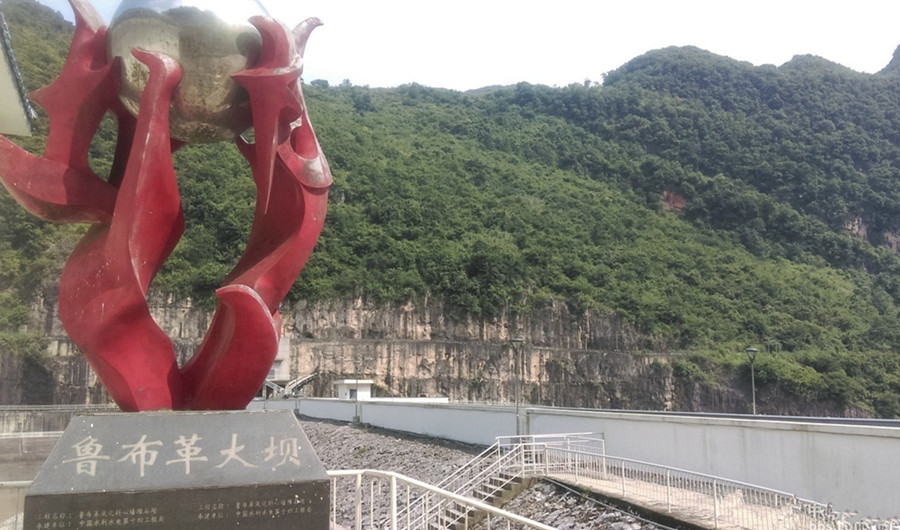
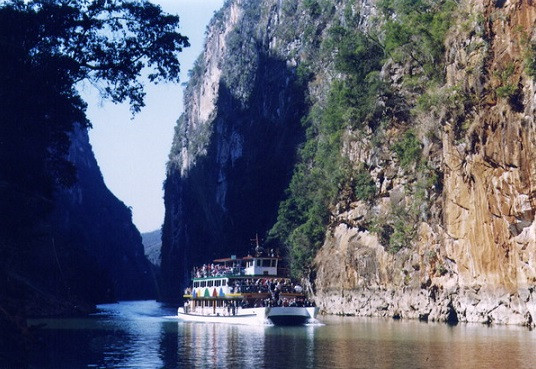
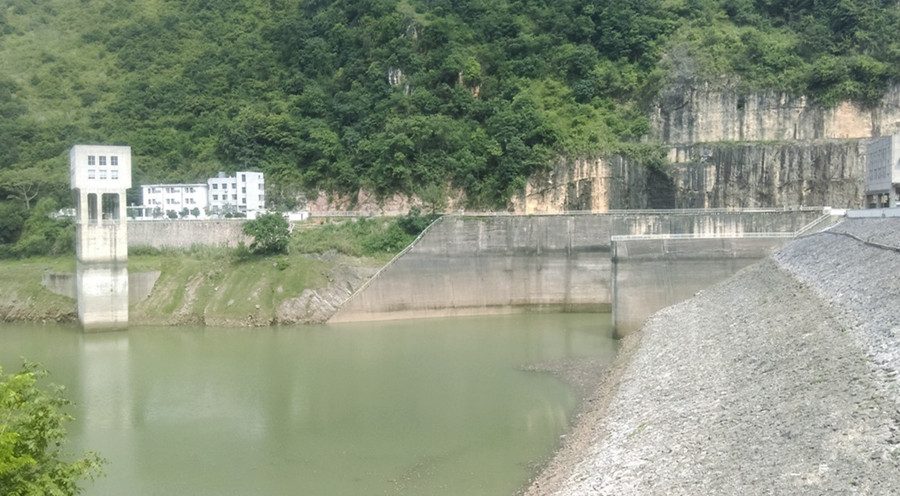
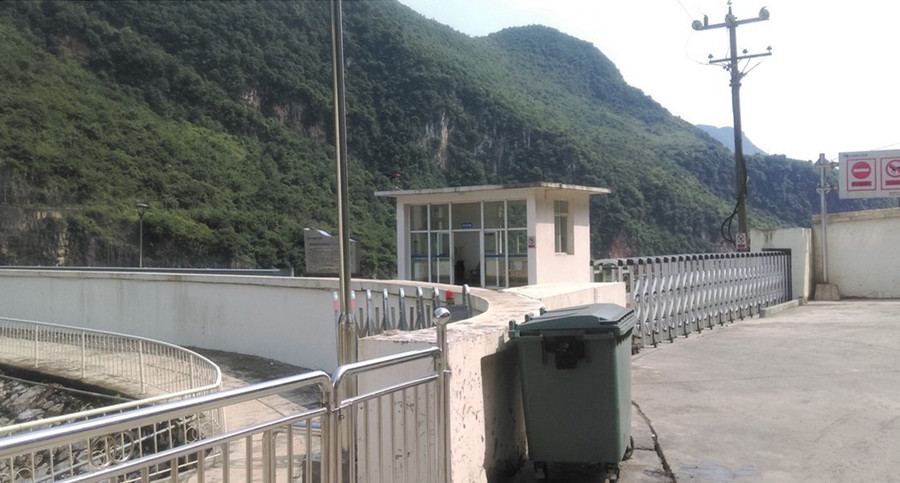
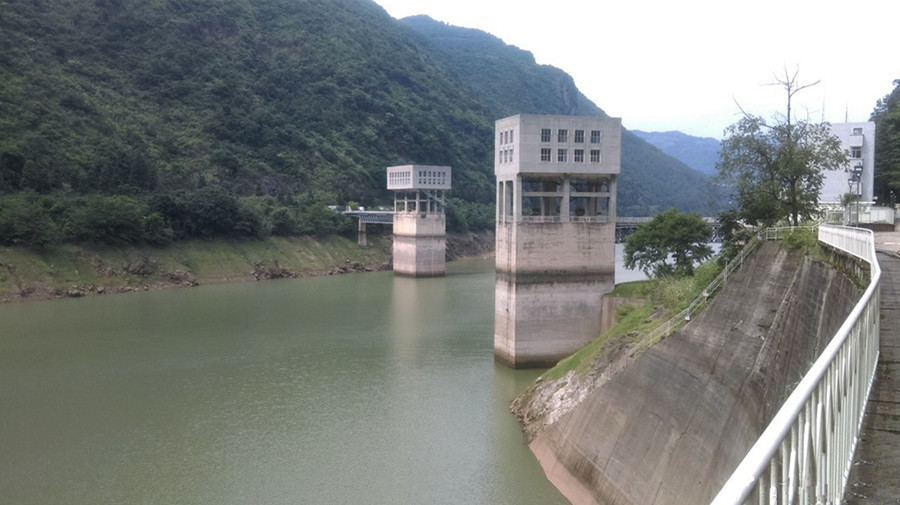

 7 Days GolfingTour
7 Days GolfingTour
 8 Days Group Tour
8 Days Group Tour
 8 Days Yunnan Tour
8 Days Yunnan Tour
 7 Days Shangri La Hiking
7 Days Shangri La Hiking
 11 Days Yunnan Tour
11 Days Yunnan Tour
 6 Days Yuanyang Terraces
6 Days Yuanyang Terraces
 11 Days Yunnan Tour
11 Days Yunnan Tour
 8 Days South Yunnan
8 Days South Yunnan
 7 Days Tea Tour
7 Days Tea Tour
 8 Days Muslim Tour
8 Days Muslim Tour
 12 Days Self-Driving
12 Days Self-Driving
 4 Days Haba Climbing
4 Days Haba Climbing
 Tiger Leaping Gorge
Tiger Leaping Gorge
 Stone Forest
Stone Forest
 Yunnan-Tibet
Yunnan-Tibet
 Hani Rice Terraces
Hani Rice Terraces
 Kunming
Kunming
 Lijiang
Lijiang
 Shangri-la
Shangri-la
 Dali
Dali
 XishuangBanna
XishuangBanna
 Honghe
Honghe
 Kunming
Kunming
 Lijiang
Lijiang
 Shangri-la
Shangri-la
 Yuanyang Rice Terraces
Yuanyang Rice Terraces
 Nujiang
Nujiang
 XishuangBanna
XishuangBanna
 Spring City Golf
Spring City Golf
 Snow Mountain Golf
Snow Mountain Golf
 Stone Mountain Golf
Stone Mountain Golf















